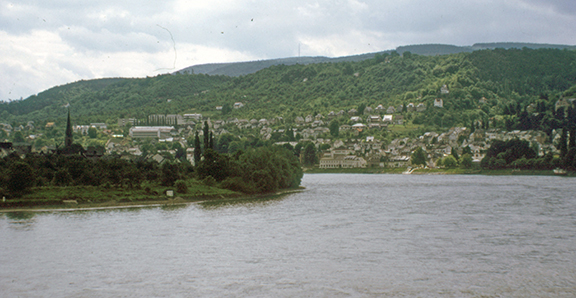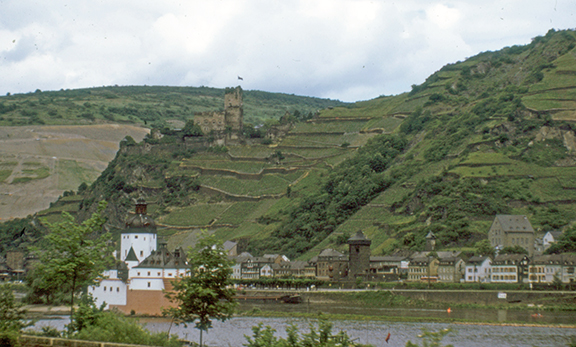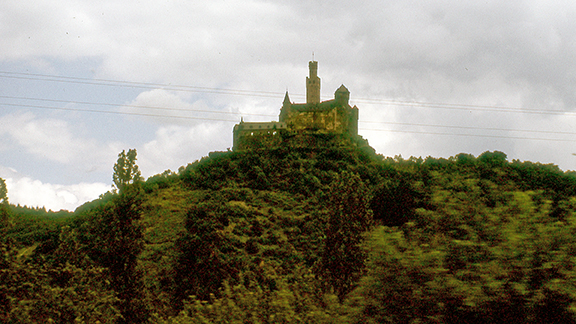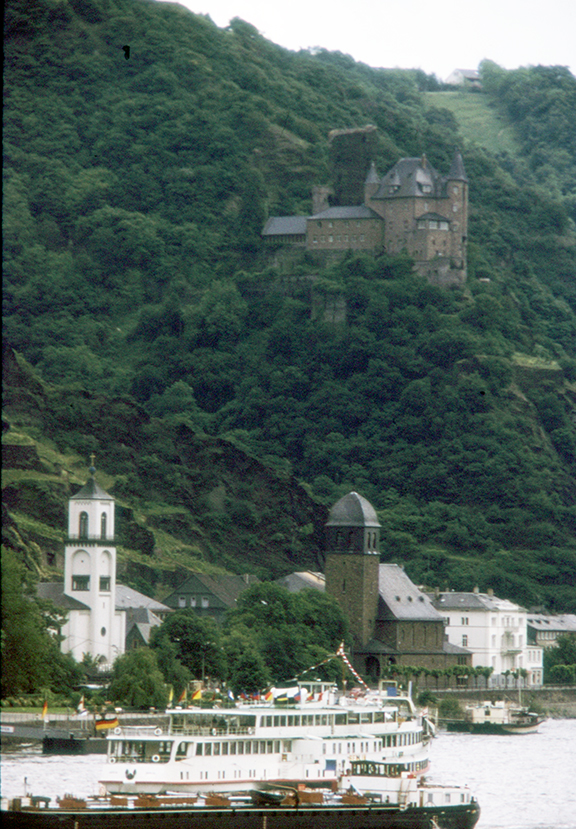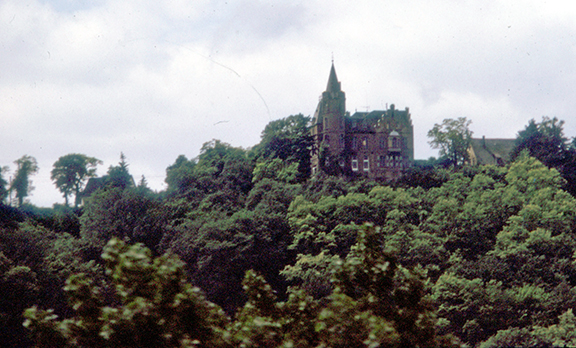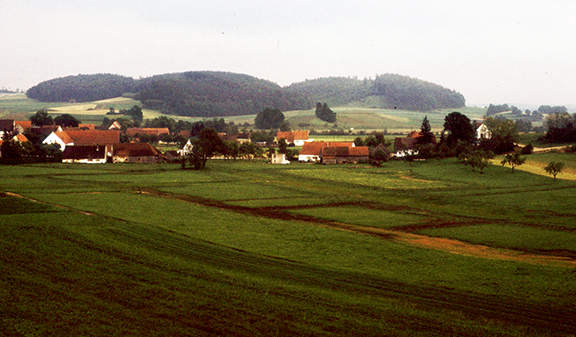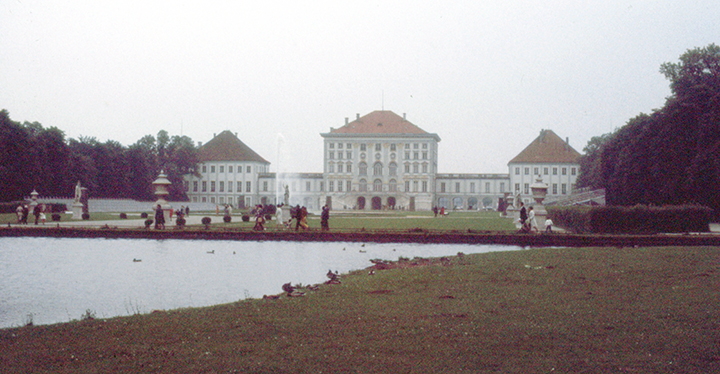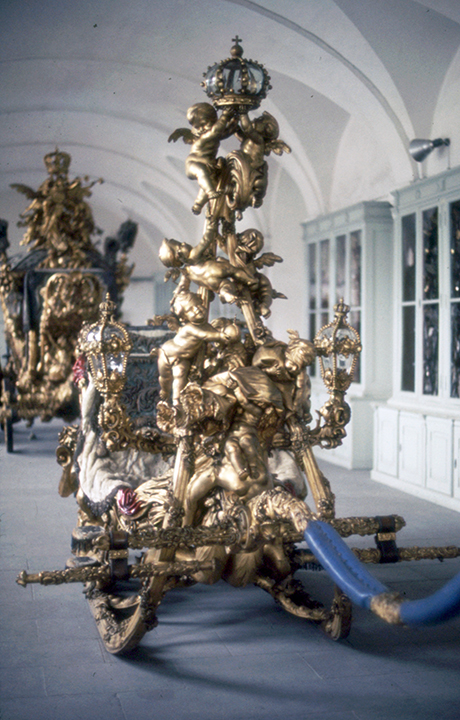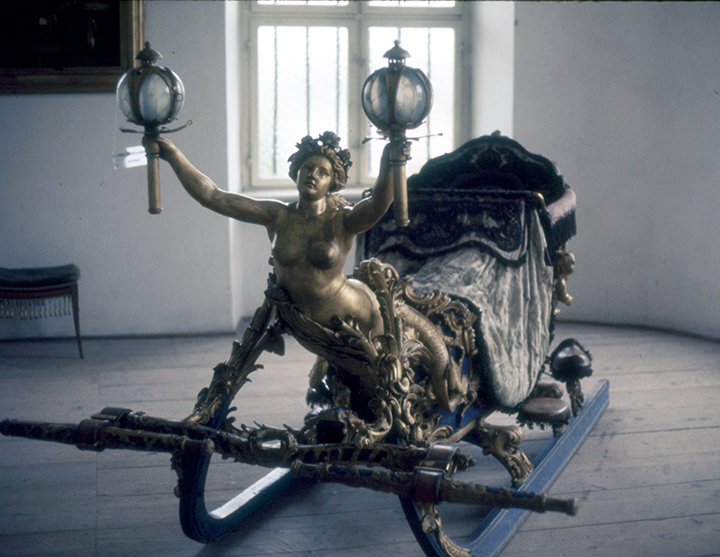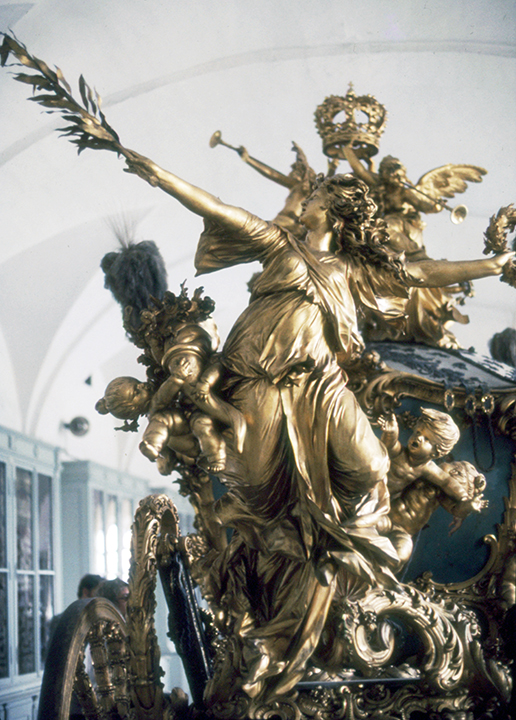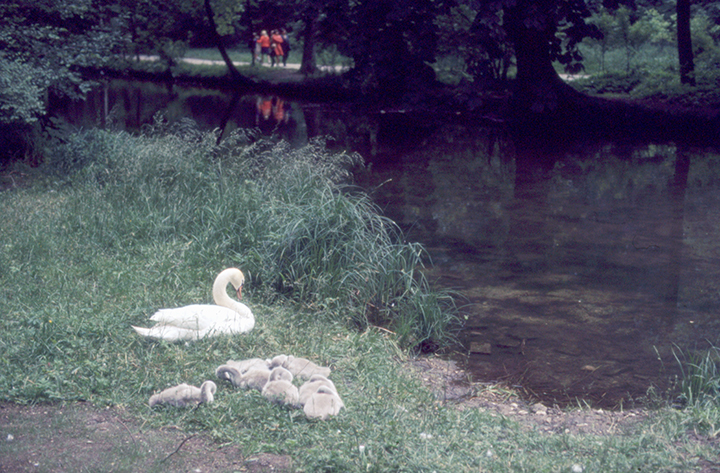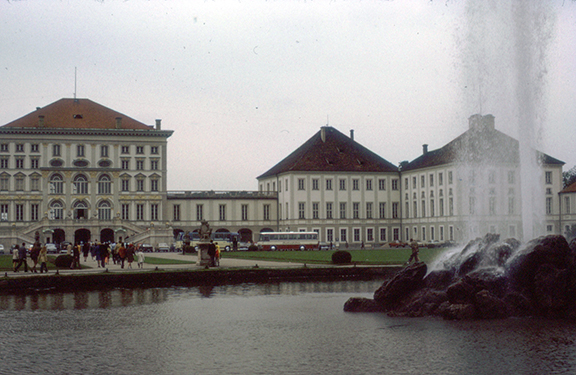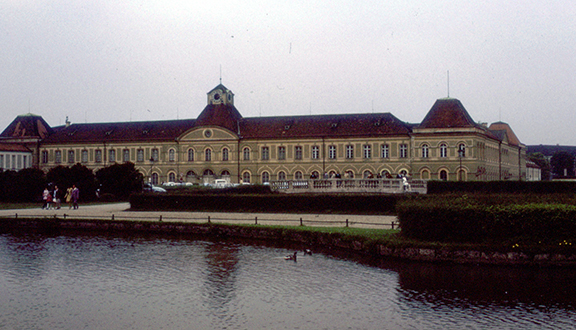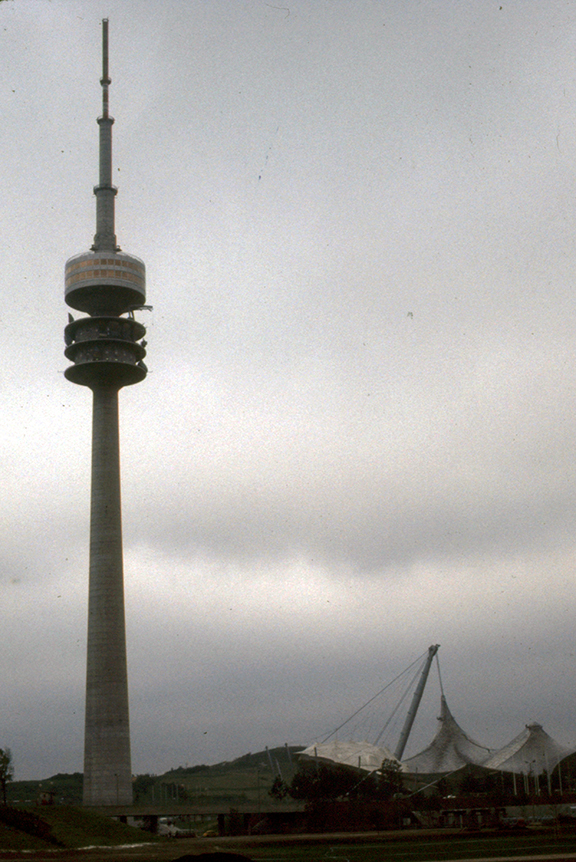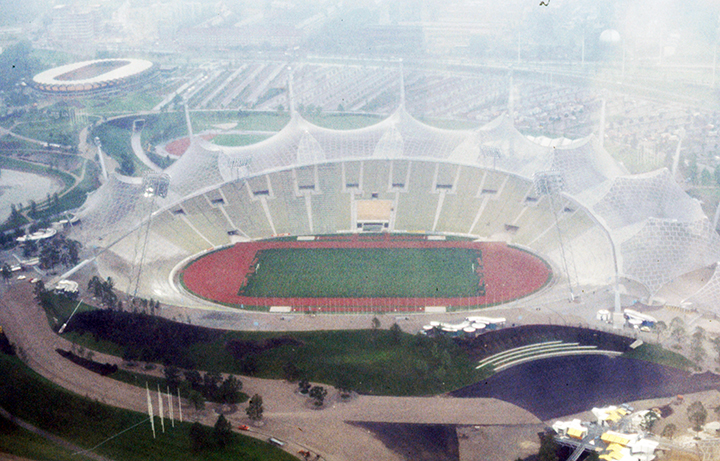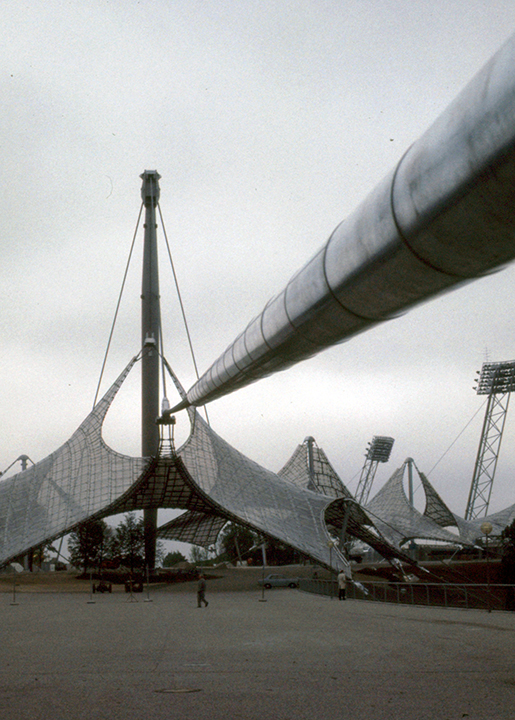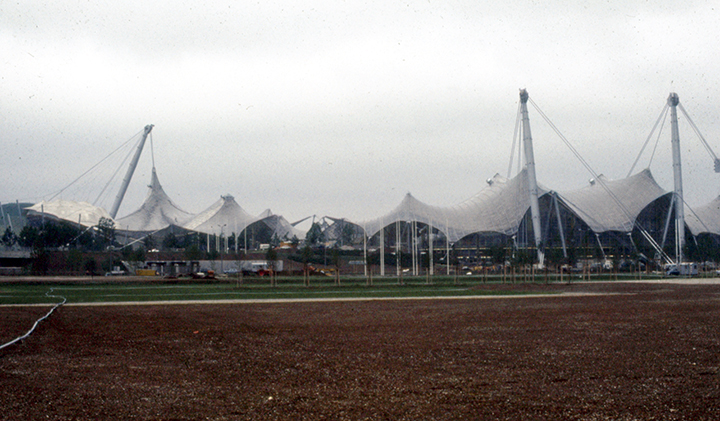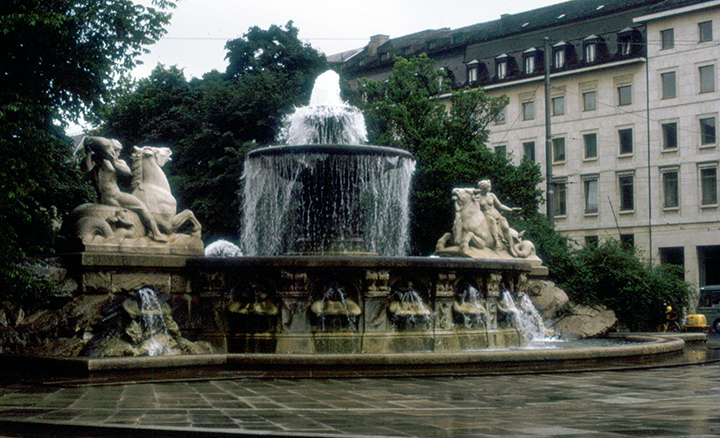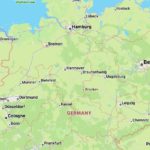 Our travel from Copenhagen to Munich 50 years ago was the longest of the trip. It was on two separate trains. Copenhagen to Cologne, Germany, was 400 miles and nine hours; Cologne to Munich was 280 miles, almost five hours.
Our travel from Copenhagen to Munich 50 years ago was the longest of the trip. It was on two separate trains. Copenhagen to Cologne, Germany, was 400 miles and nine hours; Cologne to Munich was 280 miles, almost five hours.
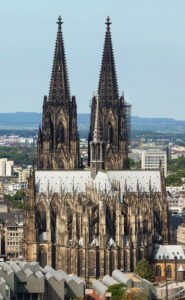
The first leg was an overnight and the usual difficult sleeping conditions. This time, the seats didn’t fold down flat. Spent about two hours in Cologne and viewed the cathedral there, the most visited landmark in Germany. I wasn’t able to find a photo of it that I took, so the one here is from online.
(Some might wonder how “cologne,” a French fragrance, came from the name of a German city. In German, the city is Köln and the fragrance is, in French, eau de Cologne.)
The trip from Cologne to Munich was the rail equivalent of a river cruise down the Rhine River, going alongside it for some time. Below is a gallery of scenes taken from that train.
We arrived in Munich on June 9 at just before 1800. My journal notes that we “Got hotel on first try!” The Hotel Jedermann. Double room with shower for DM45, about $15 a night. “And an elevator!”
Munich is known for its beer halls. On our first night there, we went to what was described as the world’s largest beer hall — Hofbrauhaus. A liter of beer was DM2, less than a buck. As usual, many Americans in attendance. People we initially sat next to were from Illinois and Colorado. We joined another group later — a couple from North Dakota and two girls from Vermont.
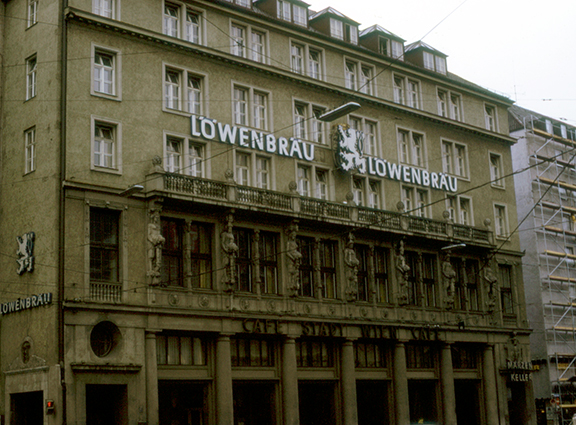
Hofbrauhaus closed at midnight, so we went somewhere else before heading back to hotel. The Jedermann locked its doors at 0200!
Also as usual, our next day started late. Took a streetcar and spent the afternoon at a place I had known nothing about previously — Nymphenburg. It started as the 17th century “summer residence” of a Bavarian ruler and his wife as they awaited the birth of son Maximilian Emmanuel in 1662. Max built up the place after taking over. A gallery of photos I took is below, but this is a view unavailable to us at the time that gives you a sense of the place.

As you’ll see in this gallery, they had a thing about snow sleds. Really ornate sleds.
Back in the city, went out to dinner at the Augustinier and had schweinbraten mit sommelknödel und salat. “Pretty good,” according to my journal. “Pork and some kind of dumpling.” Frommer’s Guide said the Schwabing section of town was something like Greenwich Village in New York City. Had good bars, anyway. Tried a few and ended up at the Scotch Kniepe, a whisky bar. I tried schnapps, which I didn’t like. They also had Dinkellacher beer, which I did like. Beat the deadline at the hotel.
Must have been rested, because our last full day in Munich started at about 0930. Weather was lousy, though. We took the S-bahn, the electric rail system, to the Olympic grounds.
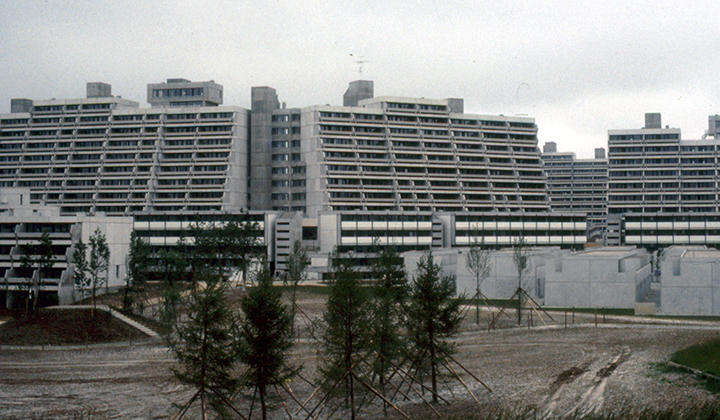
The photo above shows some of the residences intended for athletes participating in the summer games of the 1972 Olympics, due to begin a couple of months after this was taken, in late August. It was to become the site of a Palestinian terrorist attack and the murder of Israeli athletes that sadly defines the 1972 Olympics.
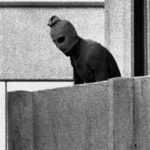 Early on the morning of September 5, 1972, a group of Palestinians, members of “Black September,” stormed the Olympic village apartment of a group of Israeli athletes, killing two and taking nine others hostage. The Palestinians demanded the release of more than 200 prisoners and two German terrorists in exchange for the hostages. This image of a masked terrorist on the balcony of the apartment became one of the iconic photos of the event.
Early on the morning of September 5, 1972, a group of Palestinians, members of “Black September,” stormed the Olympic village apartment of a group of Israeli athletes, killing two and taking nine others hostage. The Palestinians demanded the release of more than 200 prisoners and two German terrorists in exchange for the hostages. This image of a masked terrorist on the balcony of the apartment became one of the iconic photos of the event.
Jim McKay was the host of ABC’s coverage of those Olympic Games. On September 5 and 6, he broadcast for 14 hours straight on the events surrounding the attack.
Black September demanded a plane to fly the hostages to Egypt. German authorities schemed to attack the terrorists at the airport and free the hostages. Events went terribly wrong, however, and, at the end of a firefight, all the hostages, five of the terrorists, and a German police officer were dead.
Those who watched the coverage likely have not forgotten McKay’s simple and poignant concluding statement, “They’re all gone.”
Stained by this event, the 1972 Olympics also featured the performance of American Mark Spitz, who won seven gold medals in swimming, and the debut of Soviet gymnast Olga Korbut, who won two golds in gymnastics.
Here is a gallery of other scenes of the Olympic grounds in 1972, the view of the stadium taken from a observation platform, two-thirds of the way up the 955-foot Olympic Tower.
We then visited Mariensplatz, to see the Rathaus, Munich’s city hall.
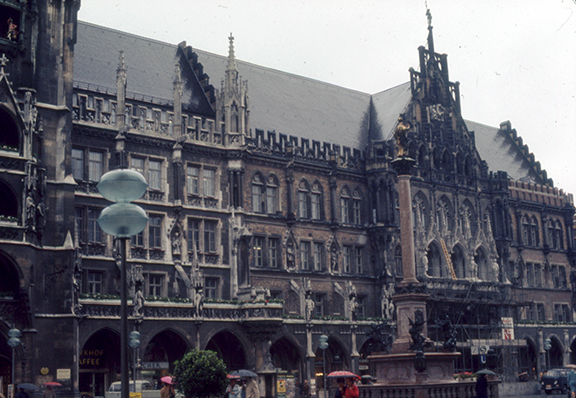
Had leberkäse, “liver cheese,” at the Cafe Imbiss. Similar to liverwurst, but not the same. “Hard to describe,” my journal said, “but good.”
Returned to the Scotch Kniepe to enjoy some more Dinkellacher. We missed the hotel deadline, but not by much, and the guy was still up and let us in. On to the mountains next!

